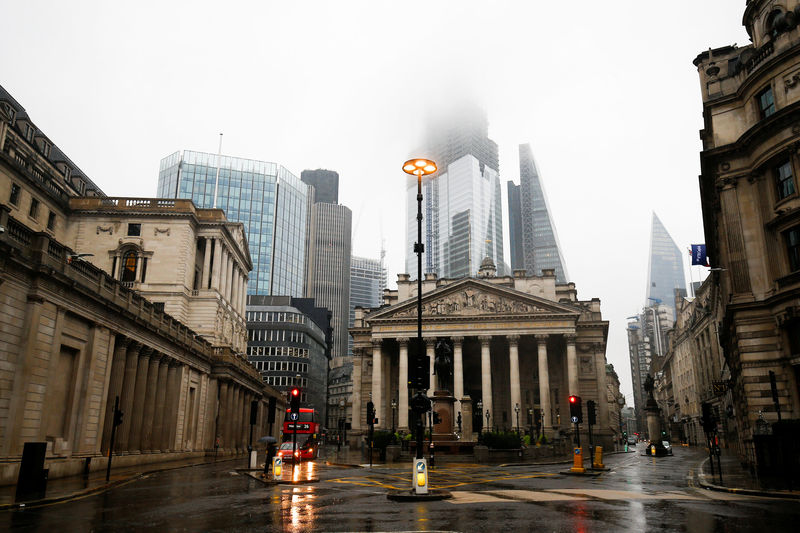Proactive Investors - The US Federal Reserve and the Bank of England both meet next week, with neither expected to shift interest rates but their comments likely to shift the market's expectations.
Fed chief Jerome Powell and co will announce their decision on Wednesday, where they are predicted to leave rates unchanged and even push back against forecasts of a March cut.
At last month's Federal Open Market Committee meeting there was a dovish shift as policymakers acknowledged that economic growth has slowed and inflation eased over the past year, which was interpreted by markets a signal that rate cuts were coming soon.
At one point, the market was predicting seven cuts of 25 basis points this year, with the first coming in March - but now just a 50% chance of a March move is being priced-in.
This looks "too soon", says James Knightley at ING, given strong growth and a tight jobs market, with UBS currency strategists saying they see "room for the Fed to further push back against rate cut expectations".
Hawkish BoE
On Thursday, the Bank of England's monetary policy committee is expected to keep interest rates unchanged for a fourth consecutive meeting at 5.25%.
The BoE has been among the more hawkish of the big central banks in the past few months, which has supported the pound.
"We expect them to stick to their hawkish message and not signal any rate cuts in the near future," said the UBS strategists.
Deutsche Bank (ETR:DBKGn) economists agree to an extent but foresee a "subtle but important shift" in the forward guidance, with the MPC officially ditching its conditional and explicit tightening bias but keeping its higher-for-longer message as the it continues to strike a cautious tone around the trajectory of rates.
The MPC is also expected by Deutsche to signal a material shift in its inflation projections, with headline CPI reducing to the BoE's 2% target around 18 months earlier than previously forecast.
Deutsche and UBS are expecting a May rate cut, potentially slipping to June if the MPC requires more evidence of a slowdown in pay growth and services inflation to start cutting.
